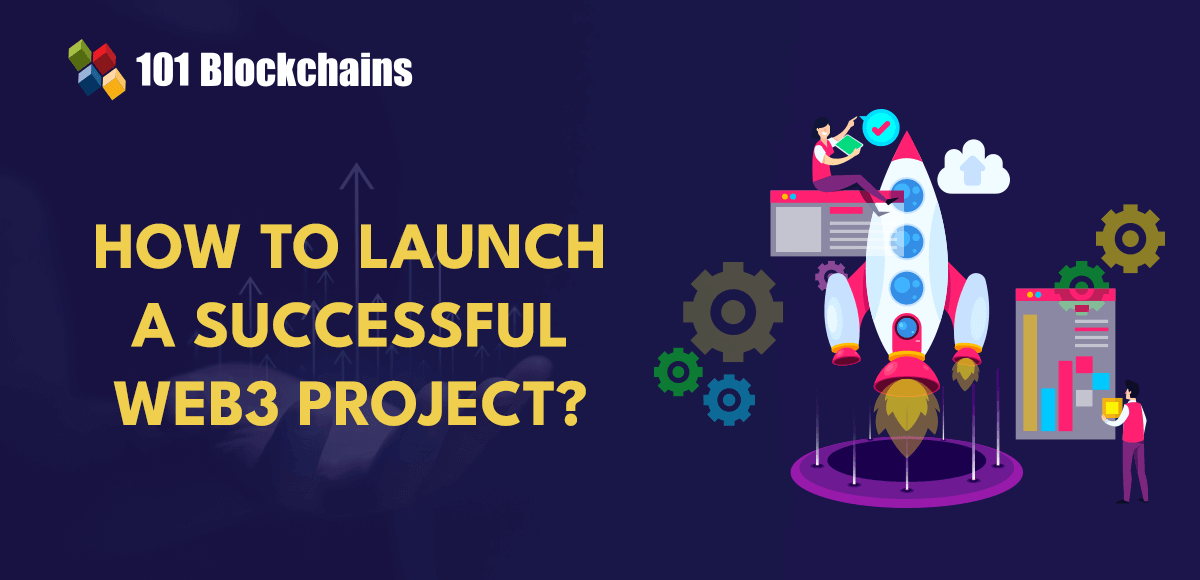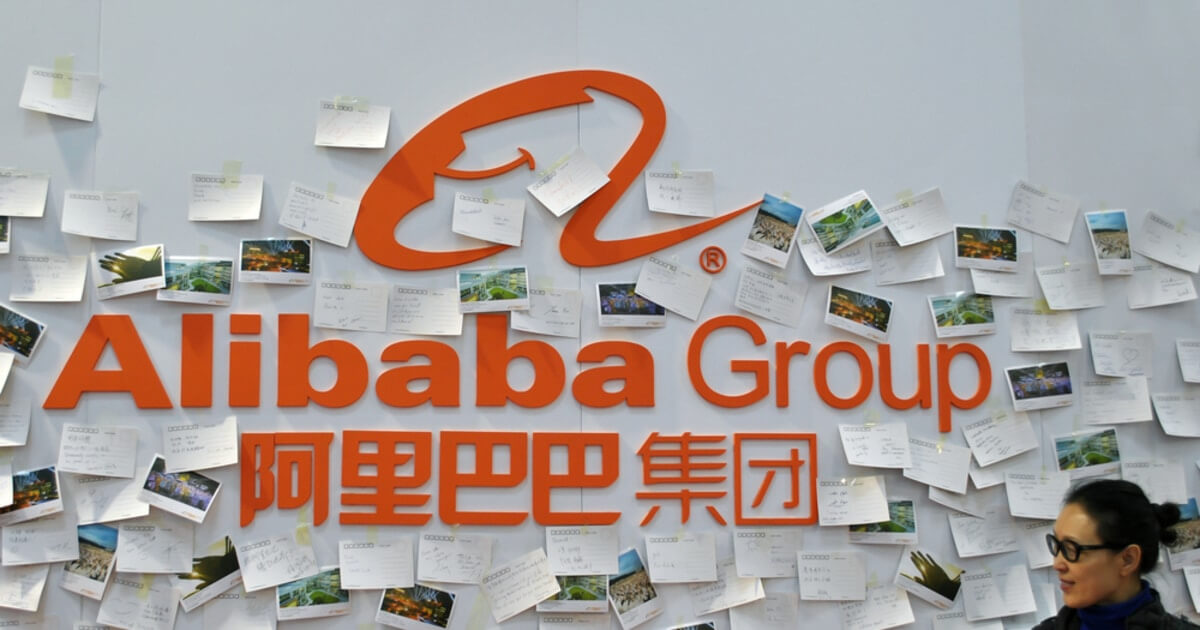Steps to starting a successful Web3 project

The ever-evolving digital environment has reached another watershed with the introduction of web3. This has brought about a revolutionary change in existing perceptions and approaches to Internet interaction. Are you wondering how a social media strategy can help your business in the web2 world? Now it’s time to think about the complexities of starting a web3 project and how you can be successful with it.
Starting a Web 3.0 project requires a combination of technical fluency, community involvement, and a deep understanding of the market. Entrepreneurs must follow a variety of steps to achieve success, from conceptualizing a project to developing a strong community around the project. Let’s take a closer look at the essential steps that can guide you through the process of starting a web3 project.

Web3 Project Release Roadmap
The success of web3 projects such as dApps, DeFi protocols, NFTs, and DAOs has captured everyone’s attention in the tech sphere. Businesses want to take advantage of web3, while entrepreneurs want to shape new business ideas around web3. However, launching a web3 project is a multifaceted journey that must address a variety of requirements.
For example, entrepreneurs must complete conceptualization, design token economics, navigate the legal terrain, and develop a strong community. Efforts must also be invested in regular evaluation and iteration to ensure the longevity and success of the project. Below is an overview of the various steps involved in the roadmap for starting a web3 project.
-
Conceptualization of project ideas
The foundation of a successful web3 project rests on comprehensive research and a strong conceptual framework. You can create a web3 startup based on a groundbreaking idea. However, it is also important to understand the feasibility of your idea, its potential impact, and its relevance in the marketplace. It is also important to note that conceptualization and research are iterative processes. Creating innovative, user-centric Web3 projects requires generating, testing, and continually refining ideas.
The conceptualization phase begins with idea generation and problem identification. You need to identify the gap or problem you want to solve with web3. Imagine the many ways blockchain and web3 technologies can provide solutions to the identified problems.
Additionally, the ideation stage requires brainstorming sessions with experts, stakeholders, and potential users to generate and refine ideas. The answer to “How do I start a web3 project?” also emphasizes market research, which requires understanding your target audience. Moreover, competitive analysis and trend analysis are also necessary to understand web3’s competitors and new trends.
The next important concern during the conceptualization phase is the feasibility study. The focus is on ensuring the technical and economic feasibility of ideas for Web3 projects. You will then need to develop user personas for your project through comprehensive demographic analysis and an understanding of behavioral insights. Don’t forget to include your target users’ pain points and goals in your user personas.
The next step is to create a feedback loop that starts with the development of a basic prototype. You should ask a small target group of users to use your prototype and provide feedback on its value and usability. Feedback from users can help you discover areas that need improvement and ensure that the final product meets your users’ needs and expectations.
Learn about Web 3.0 terms with Web 3.0 flashcards.
-
Technical basis of the project
The technical foundation of the web3 project serves as its backbone. This is one of the important steps in starting a successful web3 project because it focuses on determining the overall user experience, functionality, and security of the project. To effectively adapt to the rapid changes in the web3 market, you need a strong technical infrastructure for web3 projects.
The first step in building a strong technological foundation for your web3 project is choosing a blockchain platform. Depending on your project requirements, you should evaluate different blockchain platforms. Important factors to consider when choosing a blockchain platform for your web3 project include scalability, interoperability, and throughput.
The technical foundation of the web3 project also requires smart contracts. Creating smart contracts that are modular, upgradable, and reusable is important for flexibility and longevity. Additionally, regular audits of smart contracts should be conducted to prevent negative impacts from security vulnerabilities. At the same time, attention should be paid to smart contract code optimization to reduce gas consumption.
Another important requirement of the technical infrastructure for launching a web3 project is decentralized application development. Make sure your app has a user-friendly interface and integrates well with the underlying smart contracts. Additionally, to increase the accessibility of web3 projects, cross-platform compatibility of dApps must be ensured.
The technical infrastructure of the Web3 project should focus on the use of distributed storage solutions and Oracle integration. Decentralized data storage solutions such as IPFS can provide better censorship resistance while ensuring data integrity. Additionally, Oracle integration is required to support real-world web3 project source data. Choosing a decentralized oracle network is important to reduce single points of failure and avoid the risk of oracle manipulation.
Build your identity as a certified blockchain professional with 101 Blockchains’ blockchain certification, designed to provide enhanced career prospects.
-
Building token economics for the Web3 project
Tokenomics is a combination of ‘token’ and ‘economics’ and deals with economic systems and models related to blockchain-based tokens. Token economics is important for web3 project launches as it helps determine the token’s value, overall functionality, and usefulness in the web3 ecosystem.
First, you need to set the purpose of the desired token in your web3 project. You can find different types of tokens, including utility tokens, security tokens, stablecoins, and governance tokens. Each token type has a different purpose, so you should choose the token type that best suits your project goals.
The distribution and supply of web3 project tokens is also an important step in determining the token economics of the project. Common methods for token distribution include initial coin offerings, security token offerings, airdrops, rewards, and incentives. Entrepreneurs looking to start a web3 startup must choose whether the token is inflationary or deflationary. It is also important to decide whether you want a fixed supply or a variable maximum token limit.
Token economics for web3 projects should focus on token valuation, token security, and token liquidity. The token valuation process must determine demand and utility of the token along with its perceived value. You should also pay attention to the scarcity of tokens, which can increase their value.
Web3 project founders must also emphasize token security by ensuring compliance and implementing comprehensive smart contract audits. Successful web3 projects also stand out in that they offer the benefit of token liquidity. For example, decentralized trading requires tokens to be listed on reputable cryptocurrency exchanges and liquidity pools.
The steps for a successful web3 project launch also emphasize the need for a clear definition of the economic model and governance of token economics. Common highlights in the Web3 project’s economic model include staking, yield farming, and burn mechanisms. On the other hand, you can also choose to grant token holders the ability to participate in project governance. Token-based voting can also serve as a useful tool for effective, secure, and transparent money management.

-
Legal Implications Resolved
Legal aspects related to web3 are constantly evolving. Governments and regulators around the world have been trying to find ways to circumvent web3 regulations. By the way, the answer to “How do I start a web3 project?” is as follows. It may be incomplete without reference to the legal requirements of the project.
For example, regulators recognize Initial Coin Offerings (ICOs) and Security Token Offers as securities and subject them to investor protection laws and disclosure requirements. Web3 projects must also register and obtain a license to conduct an ICO or STO.
The legal and regulatory implications of the web3 project address data protection and privacy requirements, while also highlighting AML and KYC verification elements. You should also pay attention to cross-border issues such as jurisdictional issues and tax implications in multiple countries.
You will also need to handle the important steps of trademarking and branding along with smart contract IP licensing. It is important to stay up to date on the regulatory environment for web3 and understand how this may affect your web3 project.
Your web3 project community is more than just an audience for your innovative solutions. Conversely, the community serves as a key driver of adoption, long-term sustainability, and innovation for Web3 projects. A strong community allows you to have contributors, decision makers and advocates for your web3 startups.
When creating a web3 startup, the most important step to building a community is understanding your audience. You then need to invest effort in choosing the right platforms, whether social media, content platforms, or forums, to interact with community members. These platforms can serve as a foundation for building a strong web3 community.
The most important requirement for building a strong community around a web3 project is a focus on encouraging open communication and participation around high-quality content. It is important to encourage feedback from community members with full transparency, which will build trust in the community.
Additionally, high-quality content such as educational resources, user-generated content, updates and announcements can ensure the credibility of your community. Most importantly, community member participation must be encouraged through incentives and privileges in governance.
Do you want to gain an in-depth understanding of web3 application architecture? Enroll now for Web3 Application Development Course
-
Post-launch plans
Once you’re ready to deploy your web3 project, you’ve probably planned a large release. Make sure you’ve completed all pre-launch preparations, including beta testing and marketing. During the formal launching process of a web3 project, attention must be paid to smooth onboarding, feedback collection, and launching events.
But your responsibilities don’t end with launch. Care must be taken to continuously monitor and evaluate the project to determine the potential for continuous improvement. You can play a key role in the expansion and expansion of the Web3 project with a long-term vision and strategic roadmap for the future.
Build fluency in Web3 and develop decentralized solutions with the world’s first Web3 expert career path featuring high-quality resources tailored by industry experts!
final words
Reviewing the critical steps for starting a successful web3 project reveals that comprehensive research can help you achieve success with your web3 project. Development of a web3 project begins with the conceptualization of the idea and continues beyond launch with scope for continuous improvement.
As you work through the different stages of the roadmap for starting a Web3 project, you’ll see how small details make a big difference. Learn more about web3 basics and discover strategies you can implement to make your web3 project a success right away.

*Disclaimer: This article should not be considered, and is not intended to provide, investment advice. The statements made in this article are not investment advice and should not be taken as such. 101 Blockchain is not responsible for any loss suffered by anyone relying on this document. Do your own research!



